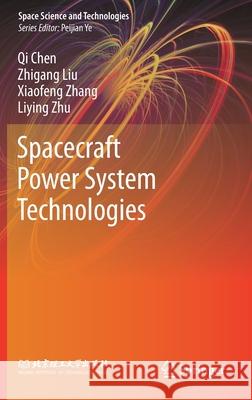Spacecraft Power System Technologies » książka
topmenu
Spacecraft Power System Technologies
ISBN-13: 9789811548383 / Angielski / Twarda / 2020 / 307 str.
Spacecraft Power System Technologies
ISBN-13: 9789811548383 / Angielski / Twarda / 2020 / 307 str.
cena 724,58
(netto: 690,08 VAT: 5%)
Najniższa cena z 30 dni: 693,97
(netto: 690,08 VAT: 5%)
Najniższa cena z 30 dni: 693,97
Termin realizacji zamówienia:
ok. 22 dni roboczych
Dostawa w 2026 r.
ok. 22 dni roboczych
Dostawa w 2026 r.
Darmowa dostawa!
Kategorie BISAC:
Wydawca:
Springer
Seria wydawnicza:
Język:
Angielski
ISBN-13:
9789811548383
Rok wydania:
2020
Wydanie:
2020
Numer serii:
001090144
Ilość stron:
307
Waga:
0.63 kg
Wymiary:
23.39 x 15.6 x 1.91
Oprawa:
Twarda
Wolumenów:
01
Dodatkowe informacje:
Wydanie ilustrowane











